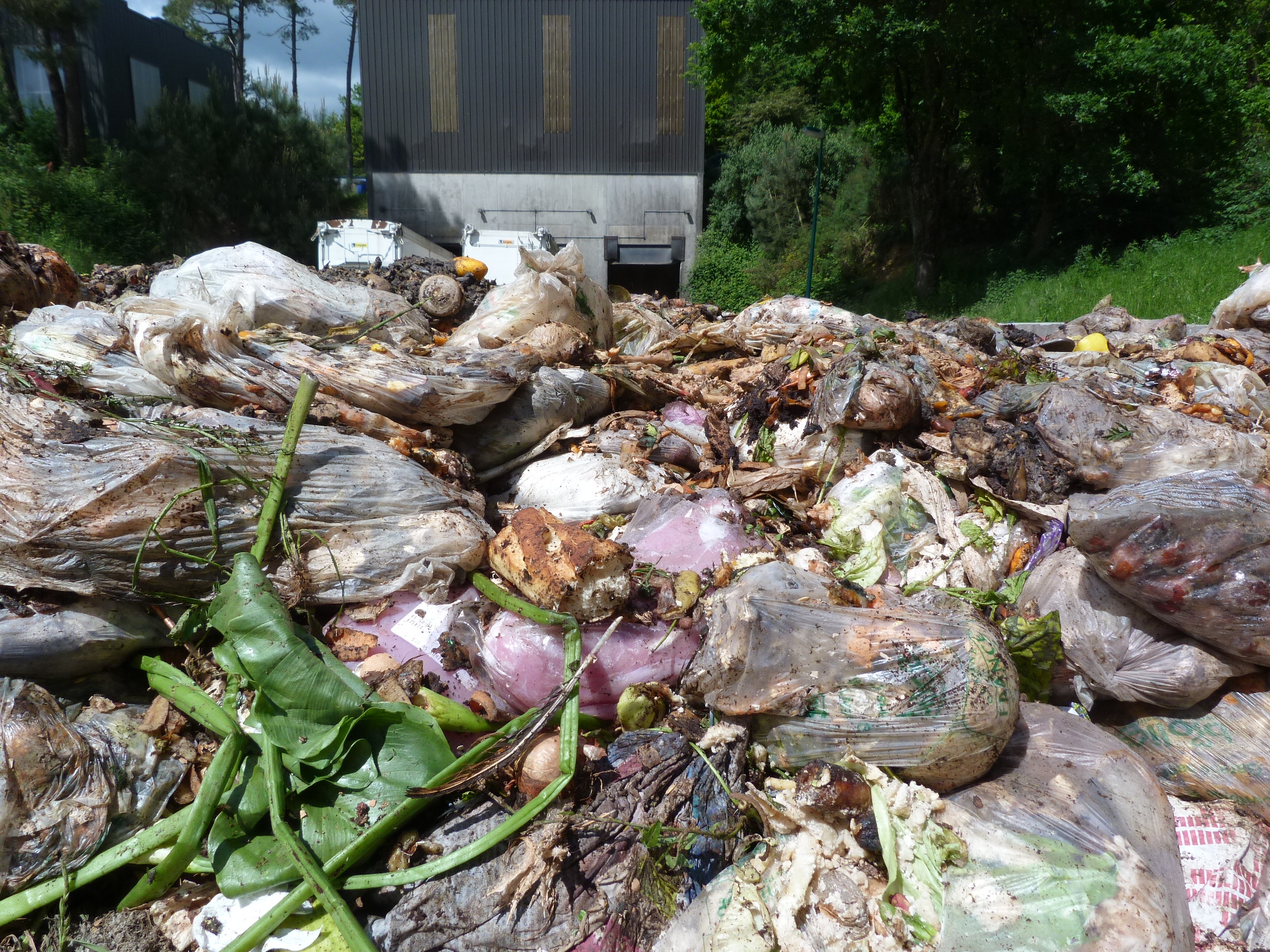The first version of the DECISIVE DST (Decision Support Tool), led by ENT and with the collaboration of other members of the DECISIVE consortium was finalised last month, in September. This version is available only for consortium partners to be improved and tested at the moment.
The main aim of the DST is assessing the performance of biowaste management options (including centralized and decentralized systems) in a specific area (e.g. municipality or district of a city). The results obtained with the tool will facilitate the comparison between different biowaste management solutions and among them the decentralised systems of biowaste valorisation proposed by DECISIVE. To evaluate the performance of each biowaste management option, the tool uses various assessment criteria including environmental, economic and social aspects.
The DST considers the impacts associated with all stages of the biowaste management system, (i.e. biowaste generation, source separation, collection from the sources to the first waste facility, pre-treatment, treatment, final disposal, bio-based products use as well as transportation between the different waste facilities). It accounts for the impacts related to emissions and resources consumed (e.g. electricity, fuel, machinery) within the biowaste management system as well as the avoided productions of the goods (material and energy) substituted by the outputs generated from the biowaste management system, such as mineral fertilizers.
The target users of the DECISIVE DST will be authorities, consultancies and waste operators, which can use the tool to simulate different biowaste management scenarios. Such scenarios consist of technological pathways used to manage the biowaste. Most of the users are expected to simulate a Baseline Scenario and one (or more) Alternative Scenario(s) and compare the results. The Baseline Scenario refers to the performance of the biowaste management system in place (or the one initially planned). The results of its assessment could help, for example, to identify the critical points of the current (or planned) management. The comparison among different alternatives with the baseline will inform about the existence of objective reasons to change the management system in place (or the planned one), based on the assessment criteria such as climate change and cost.
The two aspects that differentiate the DECISIVE DST from other existing ones are that it concurrently assesses the three pillars of sustainability (environment, economy and social aspects) in a simplified manner and it considers the spatial location of biowaste sources and facilities. The DECISIVE DST can also operate without spatial information using the “Basic” mode of the tool instead of the “GIS” mode (“geographic information system”).
The DECISIVE DST gives freedom to build up scenarios (as well as process inventories) based on the users’ wishes while respecting the structure of the tool. The user is responsible for simulating scenarios in line with the reality and the given legal and technical constraints specific to the study zone under investigation. In addition, the user of the DST should be aware of the fact that assumptions and simplifications of real biowaste management systems were necessary when developing the DST and that the DECISIVE DST is meant to provide a first assessment of the scenarios modelled based on the data available in the DST. Finally, the user should also be aware that the DST evaluates the scenarios using a specific set of indicators (assessment criteria) that cannot capture all of the possible differences in the performance of the biowaste management scenarios.
In spite of the mentioned limitations when interpreting the results, the DST will be a public webtool that can support users in deciding in a more aware and transparent way about the most appropriate biowaste management option for a specific zone in a specific moment.
The public version of this webtool platform will be launched soon after all the identified improvements will be implemented.

